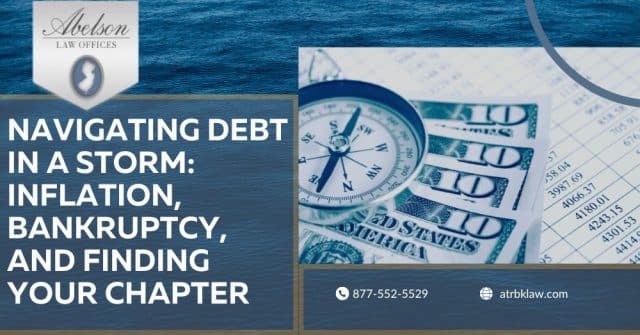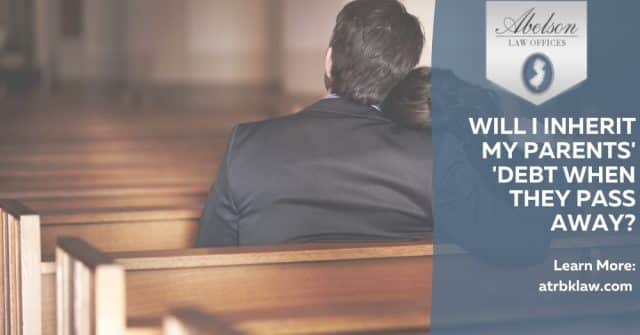2+2 may not always equal 4.
A standard Chapter Plan results in an Order of Confirmation signed by the Bankruptcy Judge which sets forth the amount and duration of the Chapter 13 payments. Most often, it is a definite number multiplied by the number of months of the plan, i.e. $ 250 for Sixty (60) months. At the end of the plan, having paid $ 15,000 in this example (250 x 60), a debtor would have the right to presume that their payments were concluded and they were then entitled to their Discharge of Debtor Order. That may not always be the case, sometimes legitimately, sometimes not.
Depending on the type of plan, events may transpire post petition which could increase the amount necessary to satisfy the Chapter 13 obligations. There may be additional administrative claims (for legal fees on application to the Court) or post petition creditor claims which could increase the amount necessary to fund the plan. However, this should only impact those plans which have a guaranteed base payment to creditors. Those plans would include cases where there is a liquidation threshold (an amount of money exposed to creditors in a hypothetical Chapter 7 and thus required to be paid out in Chapter 13) or a set amount to secured (i.e. mortgages) or priority (i.e. taxes) claims with no extra funds in the plan. If the plan requires an explicit amount to be paid to these creditors, and there are no extra monies in the plan, those additional claims would then serve to increase the necessary amount to satisfy the obligation to creditors. Therefore, one could legitimately reach the anticipated end of the plan and still find themselves owing some sum to the Chapter 13 Trustee to obtain their discharge. Once should monitor their plan throughout its existence to be aware of such possible situations.
A more troubling situation is arising in certain jurisdictions where the Trustee is asserting
this argument for additional funds – irrespective of the type of plan involved. The distinction is that under the Bankruptcy Code, administrative claims are paid ahead of the general unsecured creditors. Therefore, if the confirmed Chapter 13 plan provides simply for a pro rata dividend to general unsecured creditors of the funds available (with no guaranteed base to the unsecured creditors), which is the large majority of cases, then all additional administrative claims should be properly paid out of those funds and there is no legal basis to increase the plan base. The argument against this position (asserting that the confirmation order creates its own guaranteed base and is res judicata in the legal terminology) is not consistent with most legal analysis of the issue and has not been accepted on any wide scale basis. However, one must be diligent in reviewing their plan and the Trustee’s accounting of that plan as we have witnessed various Trustees attempting to increase the plan unilaterally for these additional administrative or unsecured claims, even if there is no legal authority for it.
The word to the wise is to be diligent in reviewing your plan on a regular basis to ensure what you are paying, or what is demanded of you by your Trustee is actually consistent with the Court’s Order of Confirmation and the Bankruptcy Code.




